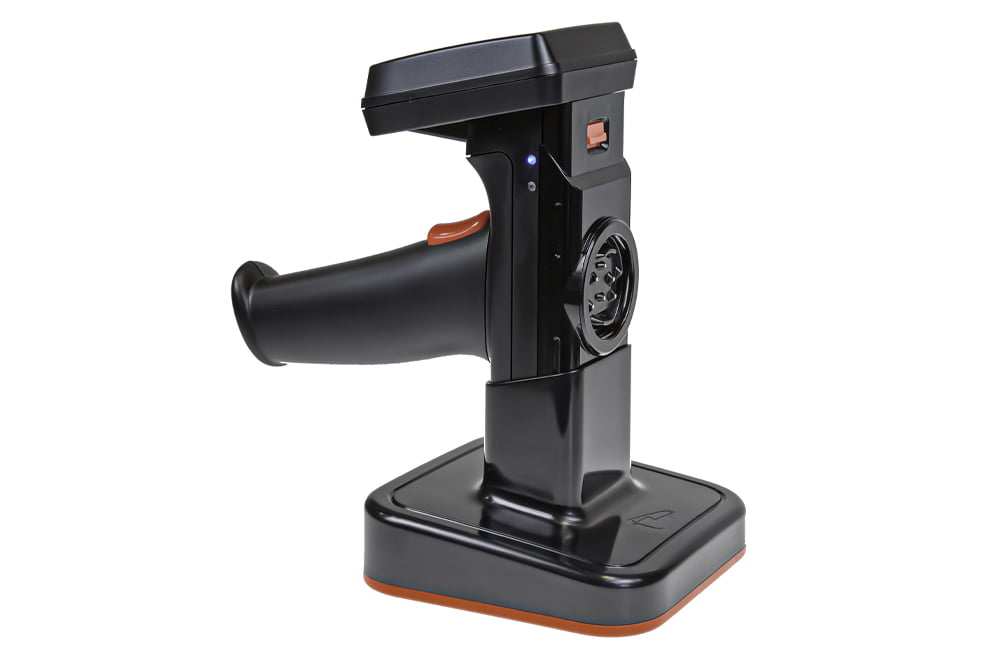Contact our Sales Department
RFID equipment
RFID equipment
RFID devices and systems extend the use of automatic identification systems to complement barcode technology wherever its use has not been previously possible. It is currently the fastest growing automatic identification technology in the world.
RFID systems are based on the sightless, semi-automatic or automatic reading by radio of data contained on miniature electronic circuits known as RFID tags using radio waves.
The advantages of this technology include the high speed of reading large volumes of information as well as the ability to read or write information on labels that are not in the direct field of vision.
Radio Frequency Identification (RFID) allows the remote reading of data from tags as well as the recording of data without the need for optical contact between the reading device and the tag. Radio tags are practically insensitive to adverse external factors.
They are suitable for use in warehouses/production halls where there is a lot of dirt, as well as in outdoor storage yards where there is high humidity as well as exposure to chemicals and high/low temperatures.
In addition, RFID technology has the lowest incidence of reading errors, saves time in logistics processes and automates these processes.
RFID system components
The RFID system in its basic configuration consists of:
- a mobile RFID reader with software that allows communication and data flow between the reader and the system,
- transponders called ‘markers’ or ‘tags’.
In the extended configuration, the RFID system additionally consists of:
- RFID gateway(s),
- warehouse trucks (forklift trucks, system trucks, etc.) equipped with antennas,
- label printer(s).
Integration of logifact® WMS with RFID system
Logifact offers an RFID module that is based on our technology, but we can integrate with any other RFID system.
The scope of integration requires detailed agreements during the sales process and then during the preparation of the functional specification of the system, which is the first stage of implementation work. Therefore, it is good practice to precede the delivery and implementation of the system with a logistics project.





 22 546 19 53
22 546 19 53  sales@logifact.pl
sales@logifact.pl  fill out the form
fill out the form 
